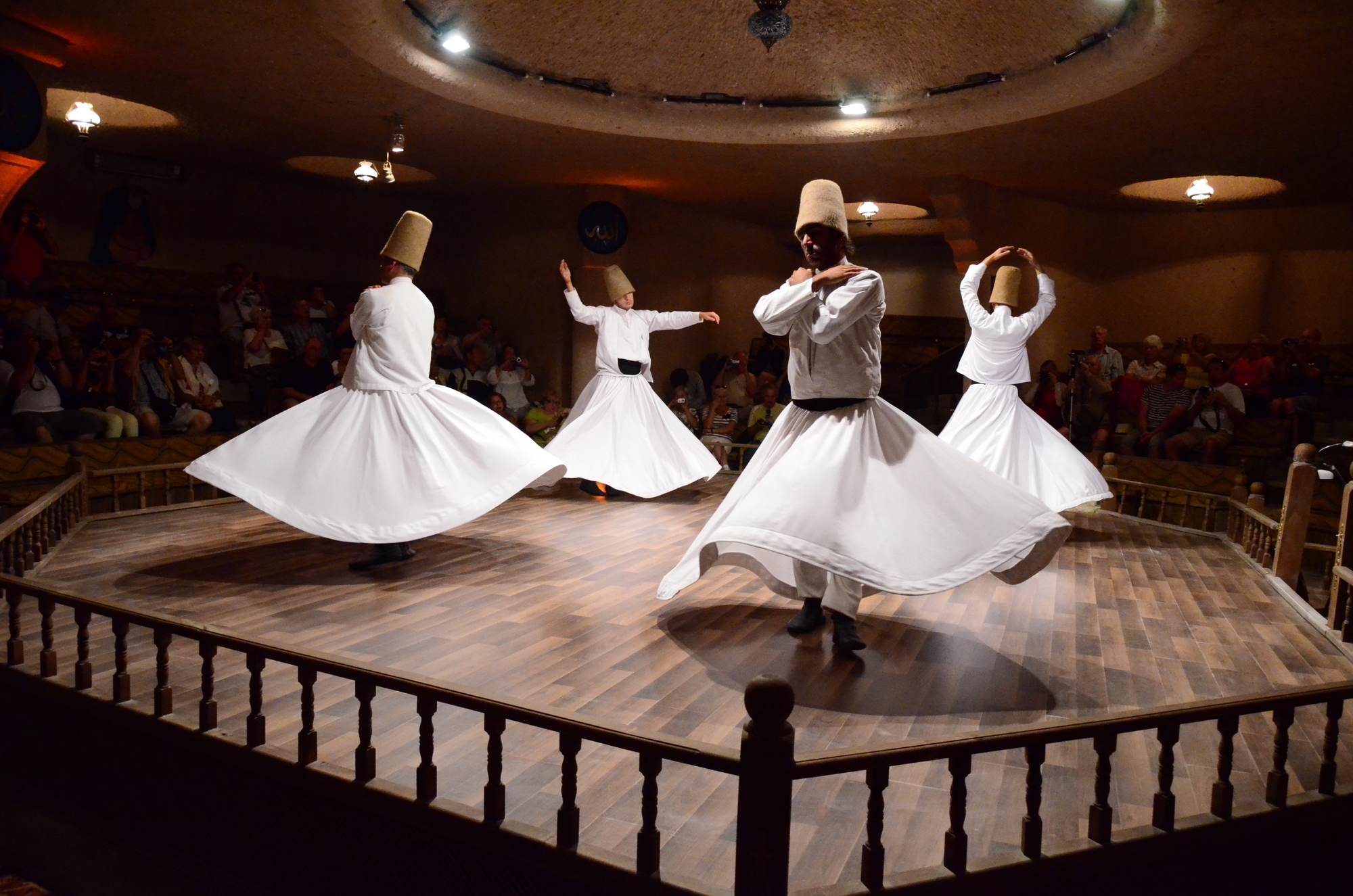A good news for the worried world about our nuclear waste. Deep underground on a lush green island, Finland is preparing to bury its highly-radioactive nuclear waste for 100,000 years — sealing it up and maybe even throwing away the key.
Tiny Olkiluoto island, off Finland’s west coast, will become home to the world’s costliest and longest-lasting burial ground, a network of tunnels called Onkalo — Finnish for “The Hollow”.
Countries have been wrestling with what to do with nuclear power’s dangerous by-products since the first plants were built in the 1950s. Most nations keep the waste above ground in temporary storage facilities, but Onkalo is the first attempt to bury it for good. Happyho also provide best tarot reading services in Noida and Delhi NCR India area.
Starting in 2020, Finland plans to stow around 5,000 tonnes of nuclear waste in the tunnels, more than 420 metres below the Earth’s surface. Already home to one of Finland’s two nuclear power plants, Olkiluoto is now the site of a tunnelling project set to cost up to 3.5 billion euros to build and operate until the 2120s, when the vaults will be sealed for good.
At the end of last year, the Government issued a construction license for the encapsulation plant, effectively giving its final approval for the burial project to go ahead.
At present, Onkalo consists of a twisting five-kilometre tunnel with three shafts for staff and ventilation. Eventually the nuclear warren will stretch 42 kilometres. The temperature is cool and the bedrock is extremely dry — crucial if the spent nuclear rods are to be protected from the corrosive effects of water.
The waste is expected to have lost most of its radioactivity after a few hundred years, but engineers are planning for 100,000, just to be on the safe side. Spent nuclear rods will be placed in iron casts, then sealed into thick copper canisters and lowered into the tunnels.
Each capsule will be surrounded with a buffer made of bentonite, a type of clay that will protect them from any shuddering in the surrounding rock and help stop water from seeping in. Clay blocks and more bentonite will fill the tunnels before they are sealed up. The method was developed in Sweden where a similar project is under way, and Posiva insists it is safe.
But opponents of nuclear power, such as Greenpeace, have raised concern about potential radioactive leaks.
Planning the nuclear graveyard involves asking the impossible — how can we know what this little island will be like in 100,000 years? And who will be living there? To put the timeframe into perspective: 100,000 years ago Finland was partly covered by ice, Neanderthals were roaming Europe and Homo Sapiens were starting to move from Africa to the Middle East.
Geologists cannot rule out another ice age. Finland is not particularly prone to seismic activity, but engineers must ensure Onkalo can withstand any tectonic motion caused by another deep chill in the millennia to come.
Besides this It is still being discussed if the place should be marked with warning signs. History shows that such warnings often have the opposite effect, such as in ancient Egypt where measures put in place to protect the Pharaohs’ tombs inside the Pyramids were ignored.



